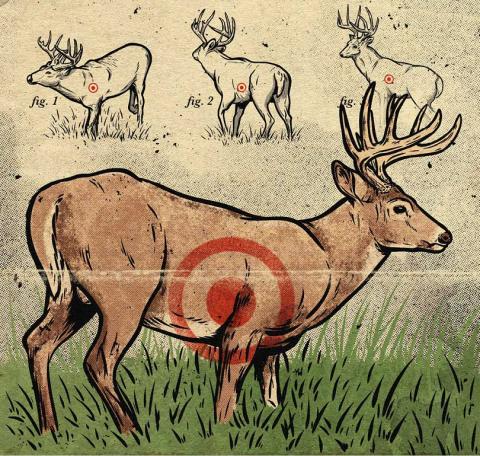Heath Wood
While getting dressed for work on October 26, 2021, I received a phone notification from my Muddy Manifest Cellular Camera. To my surprise, a mature ten-pointer I had never encountered before was pictured walking through the area I planned to hunt during rifle season. That morning, I received three pictures of the mature buck up on his feet, moving after a cold front had passed through the night before.
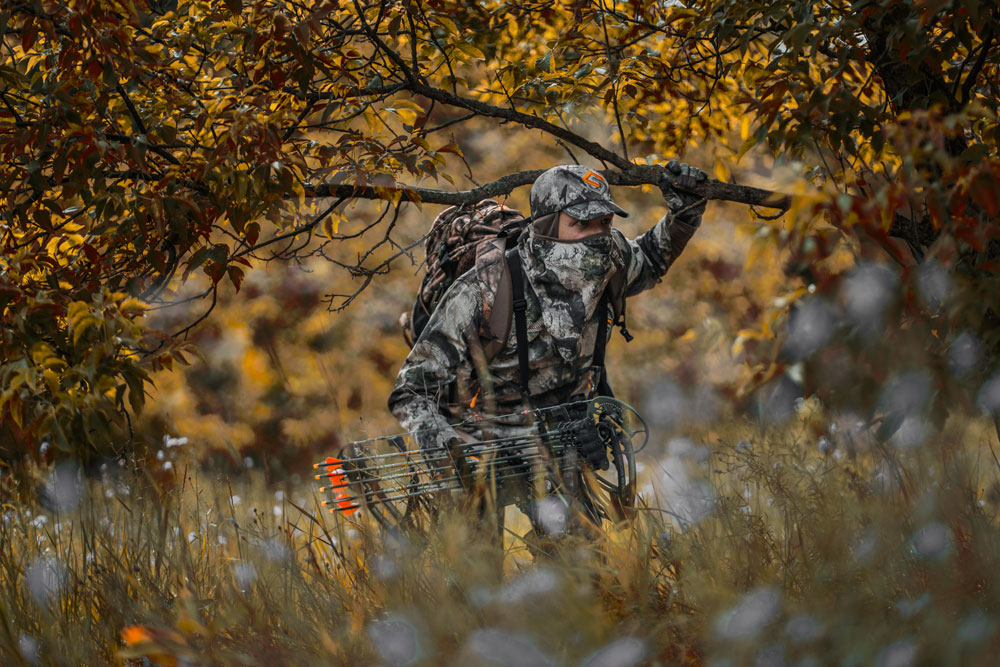
When the Missouri rifle season began in early November, I had put the mature buck in the back of my mind due to only capturing one more photo of him from the latter part of October to the present. I assumed he was passing through and I would never see him again. On Thursday of the season's opening week, I sat in an elevated blind overlooking a field near the area where my camera had caught the mature buck a few weeks before. The morning was cold, and the deer seemed to be moving. Finally, at 9:30 a.m., a mature buck appeared from out of the timber in pursuit of a doe that had gone through minutes earlier. When glancing through my scope, I realized it was the mature buck I had assumed was long gone from the area. I squeezed the trigger on the mature ten-pointer a few seconds later.
Having a full-time job, I was fortunate enough to have one day through the week to hunt. The bucks were moving at the right time with the cold front that had come through earlier in the week.
Drury Outdoors team member Brian Wiese spends each fall filming and hunting for Drury’s Critical Mass television show on the Outdoor Channel and Drury’s Deer Season 22’ on YouTube. Even though it may seem that Wiese gets to spend every day hunting giant deer, he admits that he has a full-time job and a family, which makes choosing the right time to take off to hunt difficult. To ensure that Wiese chooses his time off to hunt wisely, he pays attention to cold fronts that often cause mature bucks to be on the move, especially in October before the rut.
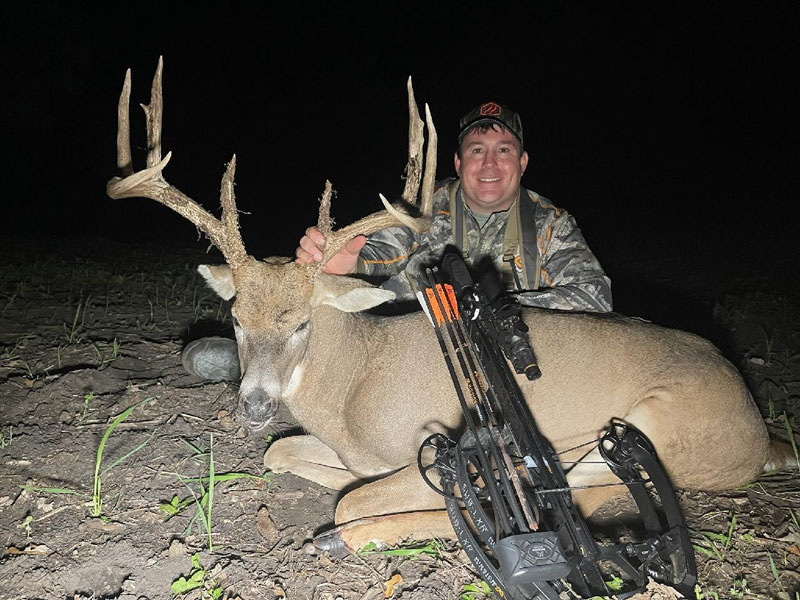
“Cold fronts are the most important part of the month to hunt mature bucks,” said Weise. “The cold fronts come with high pressure, and that, in my opinion, is the only way to harvest a mature buck unless you have good MRI that tells otherwise.”
When recently sitting down with Wiese, I asked him why bucks become more active during an October cold front. “Bucks are like humans. We don’t want to do much during warmer temperatures, and our appetite is much lower. However, when cool weather snaps, the need to keep the body warm is fulfilled by eating more,” explained Wiese. “After a cold front, deer are more comfortable to get up and move, and deer need to eat more, which is why bucks are seen more.”
Wiese said he prefers a day or two after the initial front has moved into an area when hunting cold fronts. “When the initial cold front brings in strong wind, rain, or even snow, bucks are harder to predict. Instead, the day after, when skies clear, is the time I see more bucks on their feet and have had the best luck in harvesting mature bucks.”
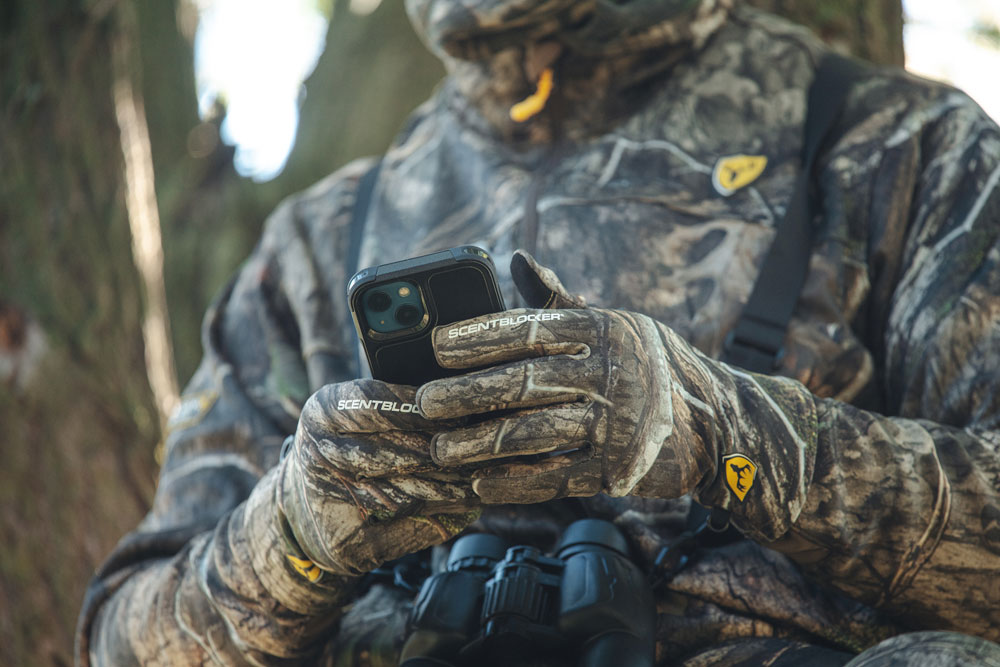
In October, not much is going on in a whitetail bucks world until late in the month, when the pre-rut begins. Until then, Drury’s Brian Wiese says that 90 percent of the mature bucks harvested result from a recent cold front. To be prepared when scheduling off work or planning a hunt, hunters should often check their weather forecast or use an app such as Drury’s DeerCast that predicts the best hunting times. Wiese states that he prefers DeerCast over regular weather forecasts because instead of looking at only the temperatures or only the barometer, DeerCast sees a bigger picture.
“DeerCast is based on cloud cover, average daily temperatures, the first south wind after a north, and many other factors that are too much for one person to research each time they want to hunt,” explained Wiese, going on to say that the best part of DeerCast is that it tells the days that are unfavorable to hunt.
On a recent hunt, Wiese was planning based on what he thought would be an excellent time to hunt; however, DeerCast showed otherwise. “When DeerCast downgraded my chosen days from good to okay, I decided not to hunt.” Days later, when DeerCast predicted great hunting weather, Wiese chose to hunt and was able to harvest a mature buck that evening.
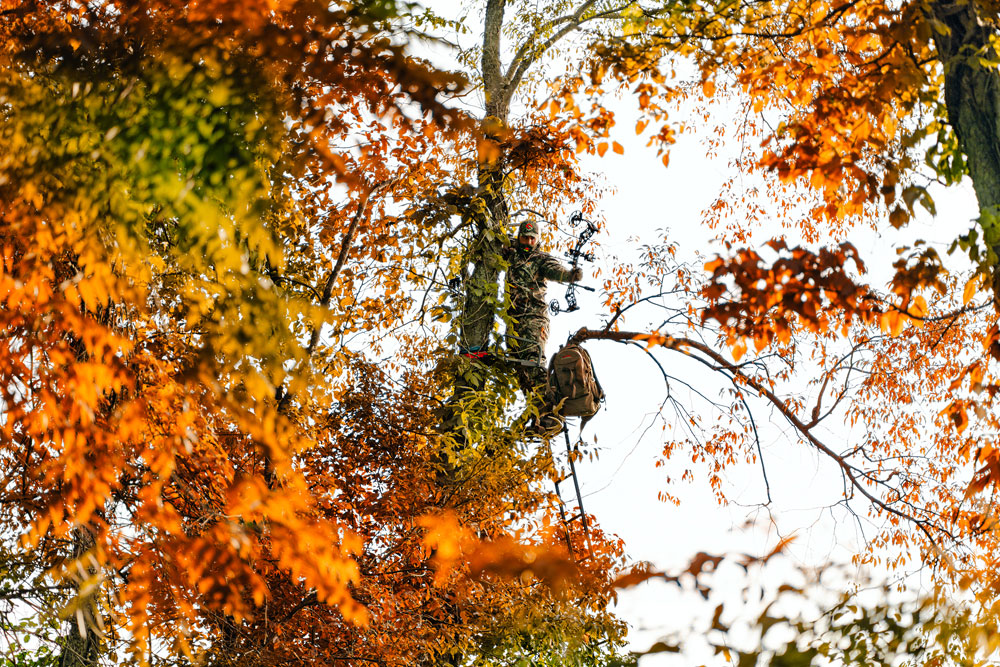
In October, when hunting a recent cold front, Wiese explains to hunt green food plot areas such as clover, winter peas, or oats. “Oats are great in early October before frost. After the first frost, they are no good.” In early October, Wiese said he rarely hunts any grain fields. Instead, he focuses on green plots that deer favor more and hunts mainly evenings when hunting greenery after a recent cold front. “It is still risky hunting mornings during October in fear of spooking deer out of the area when walking,” said Wiese.
UNDERSTANDING THE SCIENCE OF WHITETAIL DEER MOVEMENT
Hunting cold fronts is an excellent time to catch more bucks up and moving. Even with increased activity in movement, Wiese recommends hunting only evenings until late October and into early November. After bucks increase daylight movement due to the rut, hunters can begin hunting mornings and evenings through November. Pay attention to upcoming cold fronts, choose the time wisely, and you will see more bucks on the move, providing the optimal time to harvest a mature buck.

















